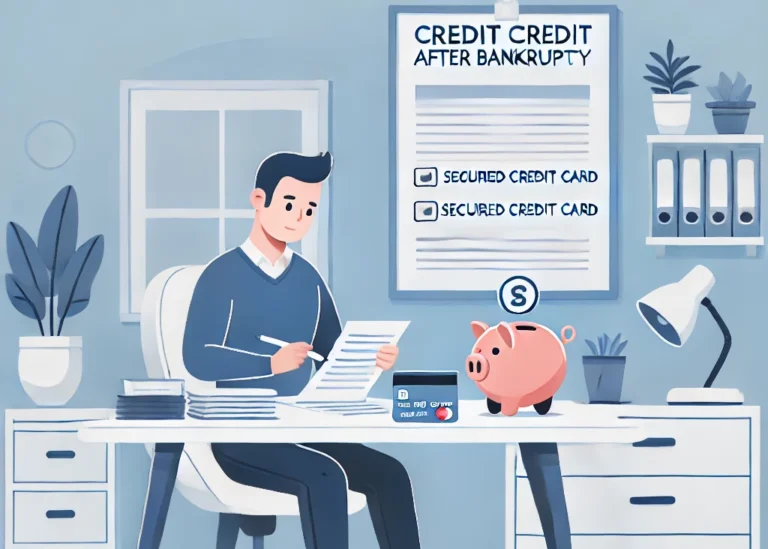Rebuilding Credit After Bankruptcy: A Step-by-Step Guide
Filed for bankruptcy? Take a deep breath. It’s not the end of the road—it’s the beginning of a fresh financial start. While bankruptcy can feel like a financial scarlet letter, rebuilding your credit is not only possible but totally doable. Here’s how to rise from the financial ashes and rebuild your credit score like a pro.
Step 1: Review Your Credit Reports (Yes, All of Them)
First things first—get copies of your credit reports from the three major bureaus: Equifax, Experian, and TransUnion. Look for errors, like accounts listed as delinquent instead of discharged. Dispute any inaccuracies—credit repair starts with clean records.
Step 2: Pay Bills on Time (No Exceptions)
Your payment history makes up 35% of your credit score, so this is the easiest and most important way to start rebuilding. Pay rent, utilities, and any remaining bills on time, every time. Setting up automatic payments can help ensure you never miss a due date.
Step 3: Get a Secured Credit Card
If your mailbox suddenly feels lonely without credit card offers, don’t worry—a secured credit card is your new best friend. With a secured card, you’ll put down a deposit that serves as your credit limit. Use it sparingly and pay it off in full each month to show lenders you’re serious about responsible credit use.
Step 4: Become an Authorized User
Ask a trusted family member to add you as an authorized user on their credit card. You’ll benefit from their good credit history without being responsible for the payments. Just make sure they have good credit habits—no sense in jumping on a sinking ship.
Step 5: Apply for a Credit-Builder Loan
Credit unions and community banks often offer credit-builder loans designed to help people improve their scores. These loans hold the borrowed amount in a savings account while you make payments, effectively proving your reliability. Bonus? You get the money back at the end of the loan term.
Step 6: Keep Credit Utilization Low
When you start using credit again, keep your credit utilization ratio—how much of your available credit you’re using—below 30%. This shows lenders you’re not over-reliant on credit and can manage it responsibly.
Step 7: Monitor Your Credit Regularly
Sign up for free credit monitoring services to track your progress. Watching your score climb can be incredibly motivating and lets you catch any issues before they become bigger problems.
Step 8: Be Patient and Persistent
Rebuilding credit doesn’t happen overnight, but consistency is key. With time, good habits, and tools like secured cards and credit-builder loans, your credit score will recover—and so will your confidence.

